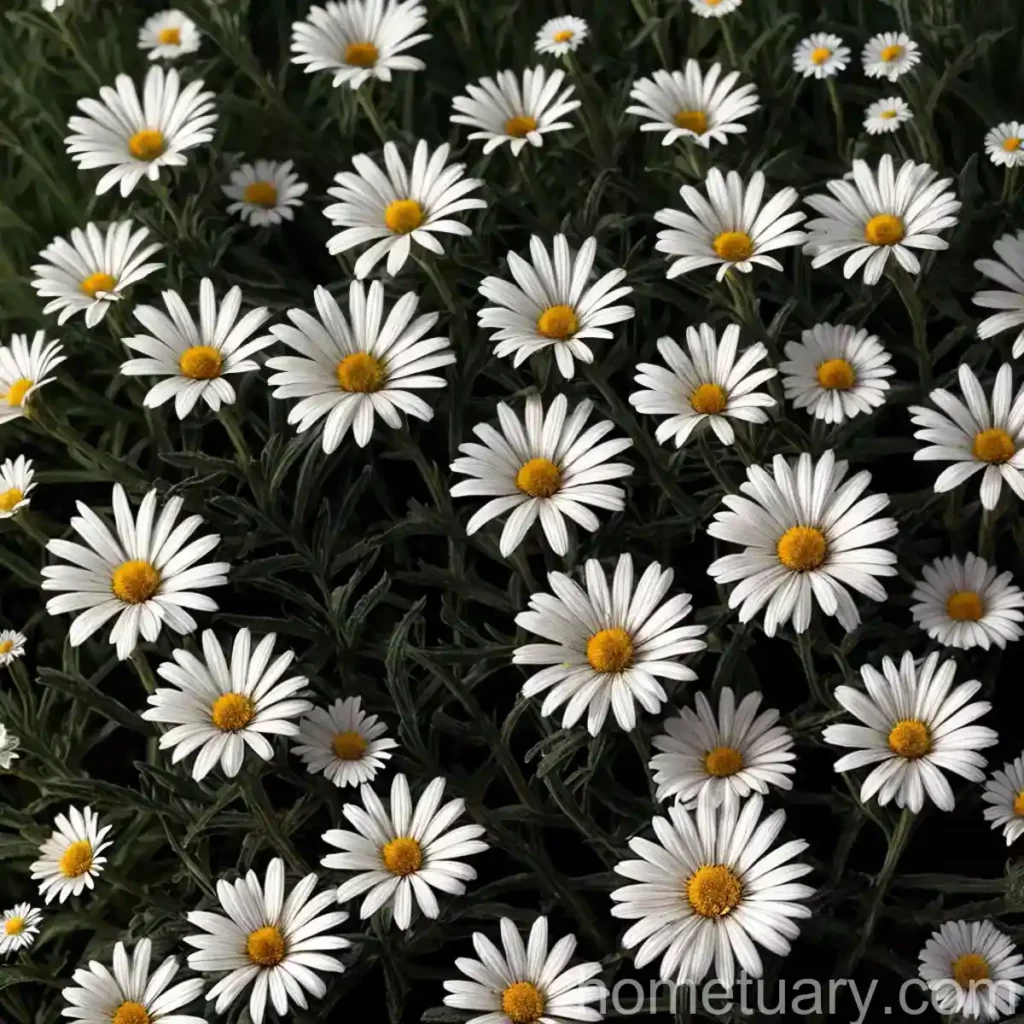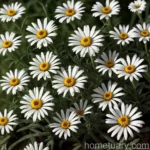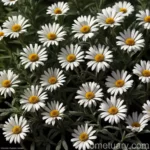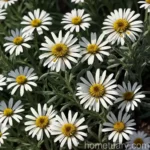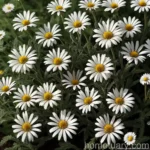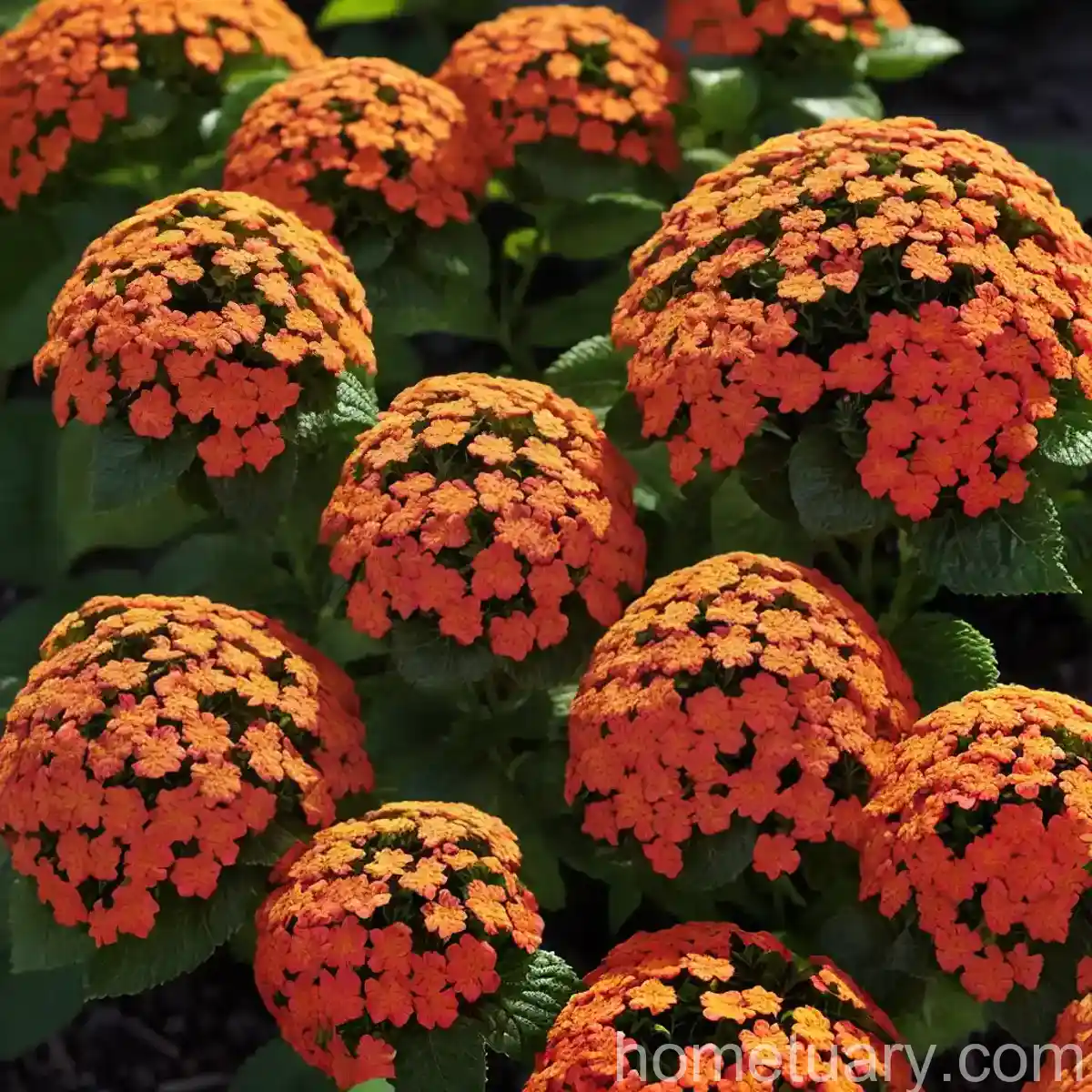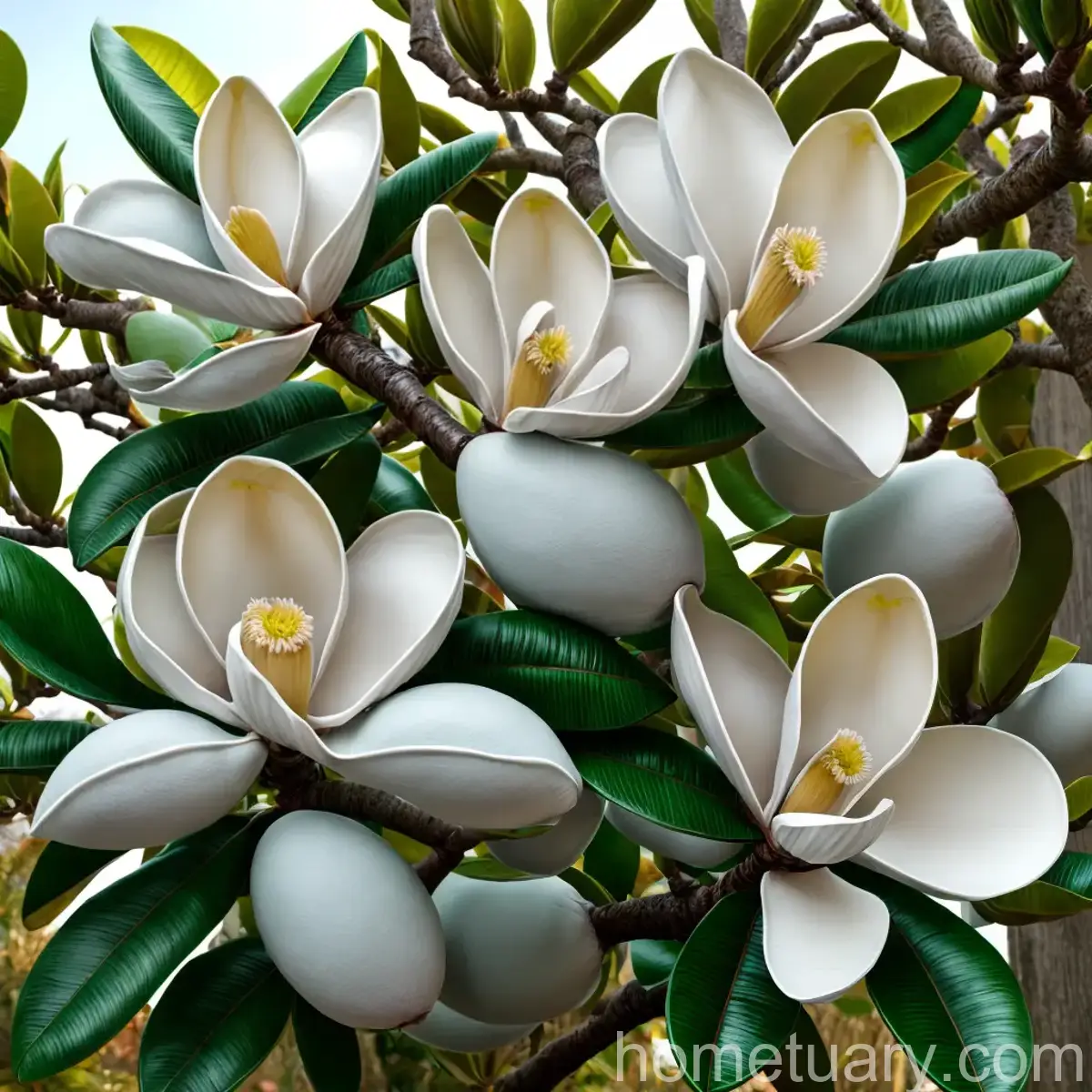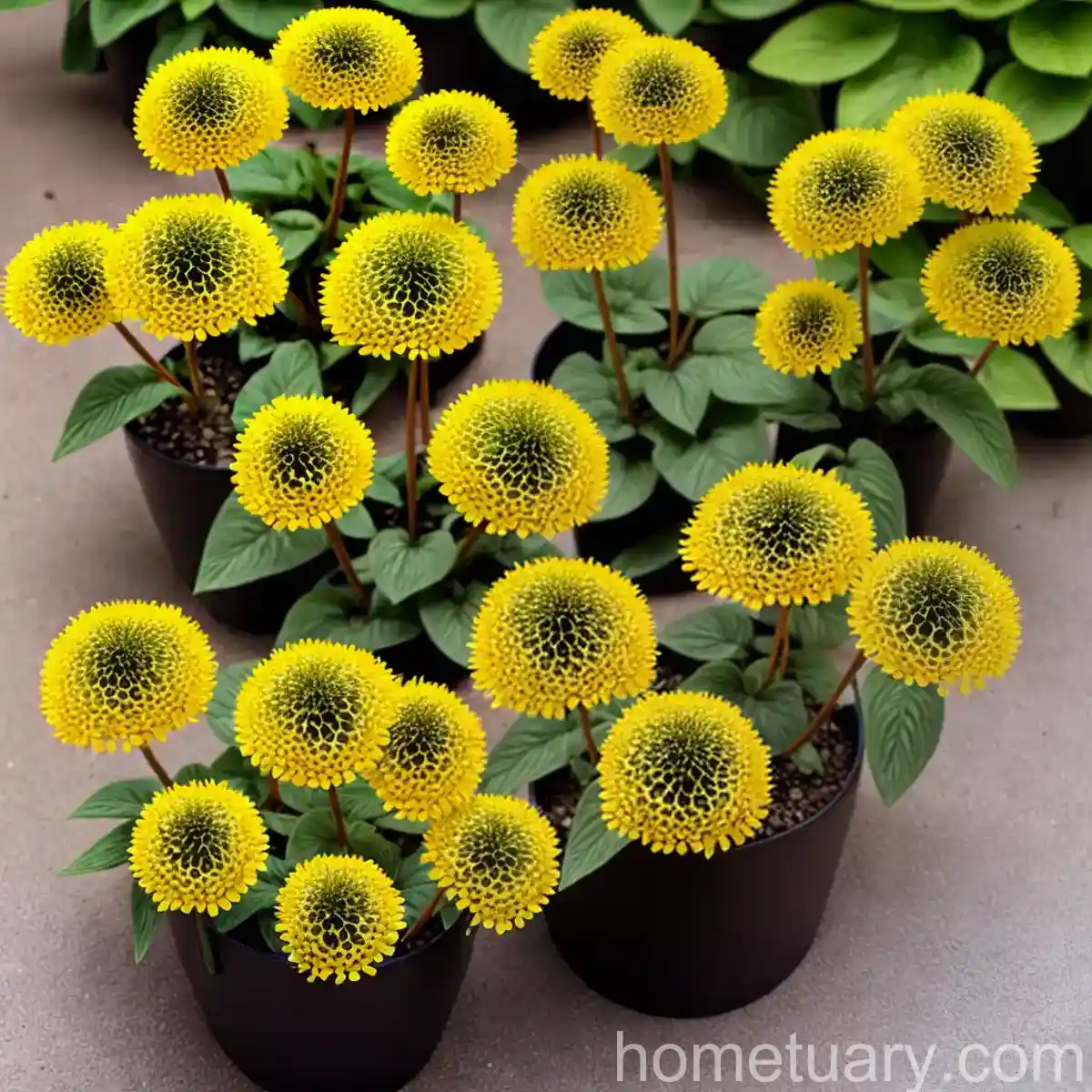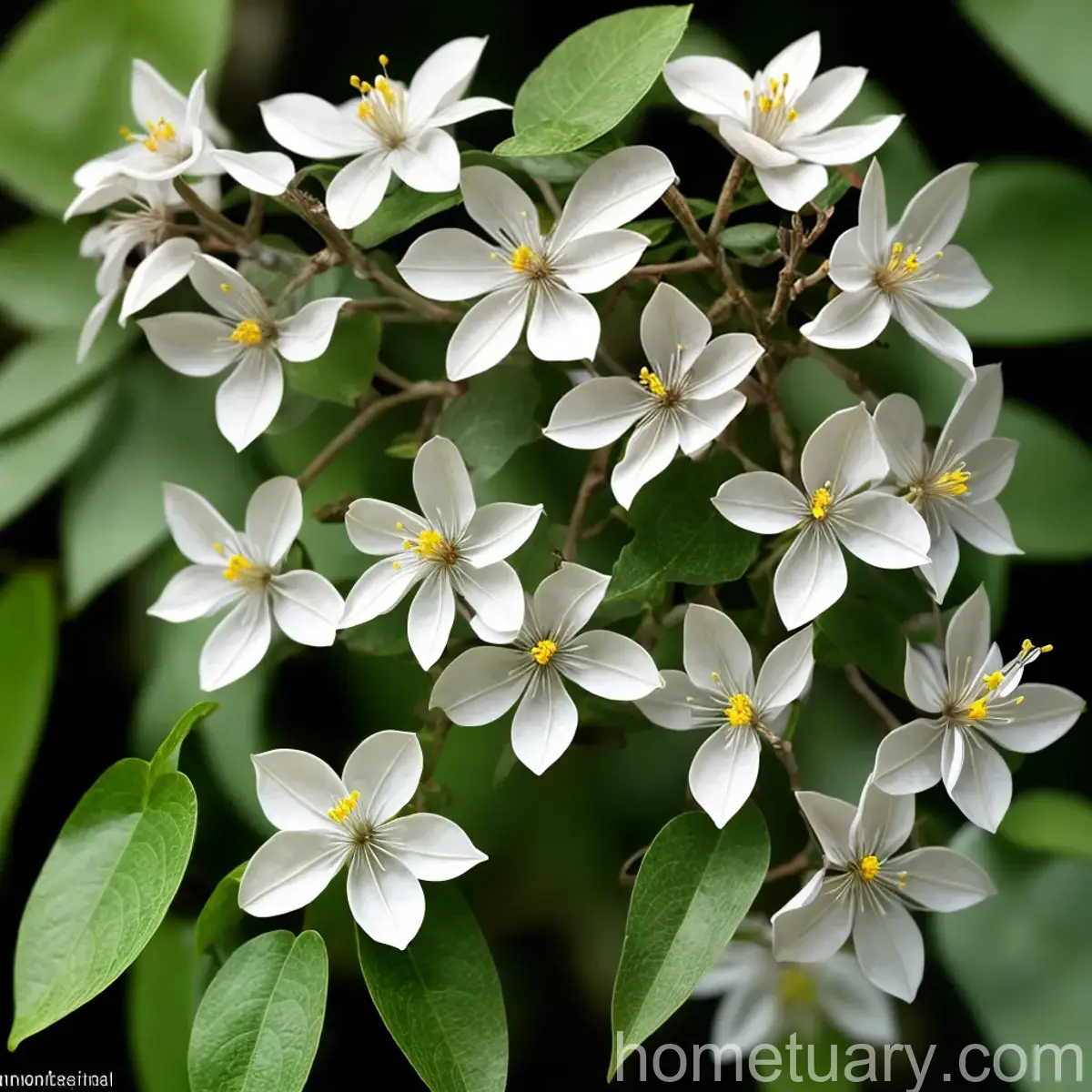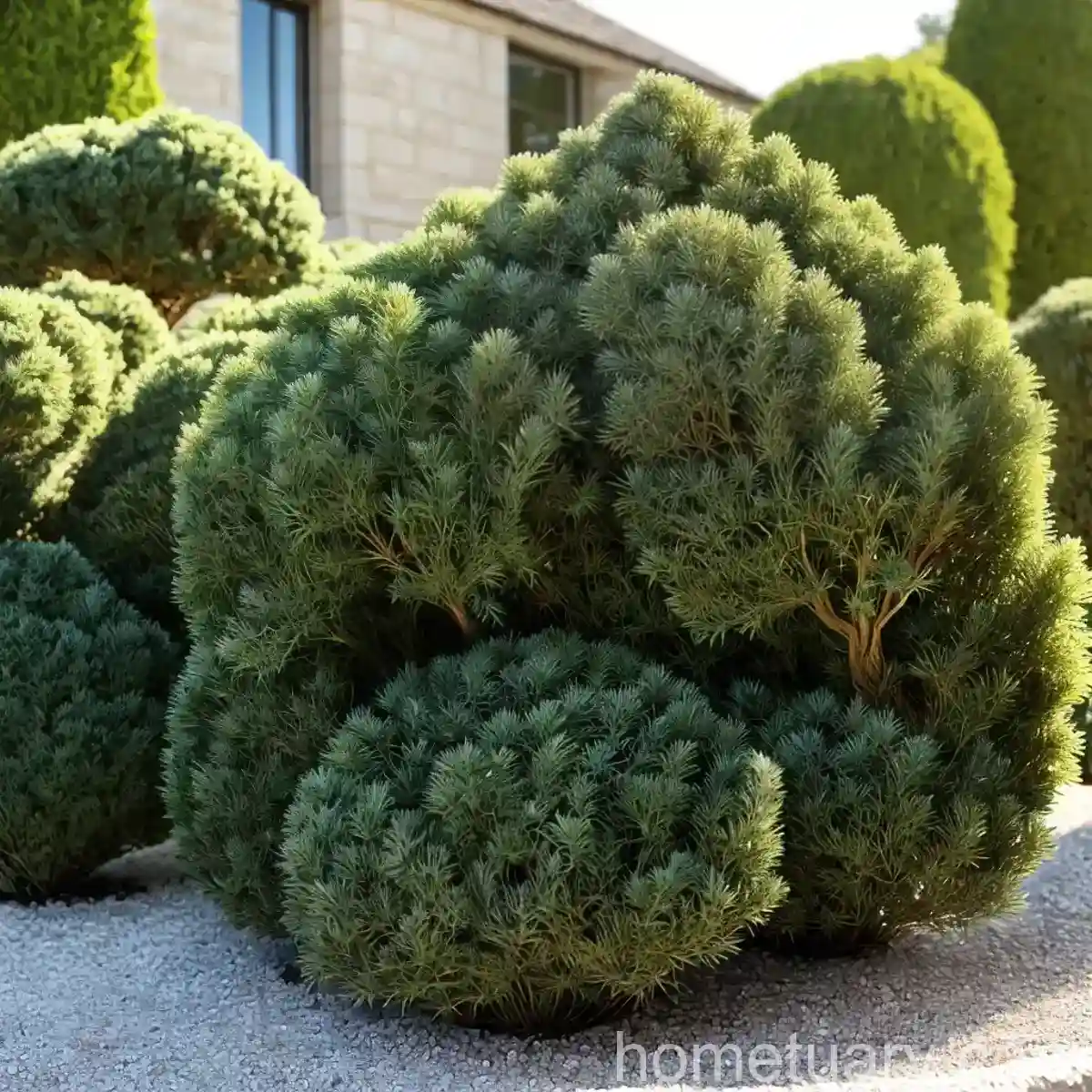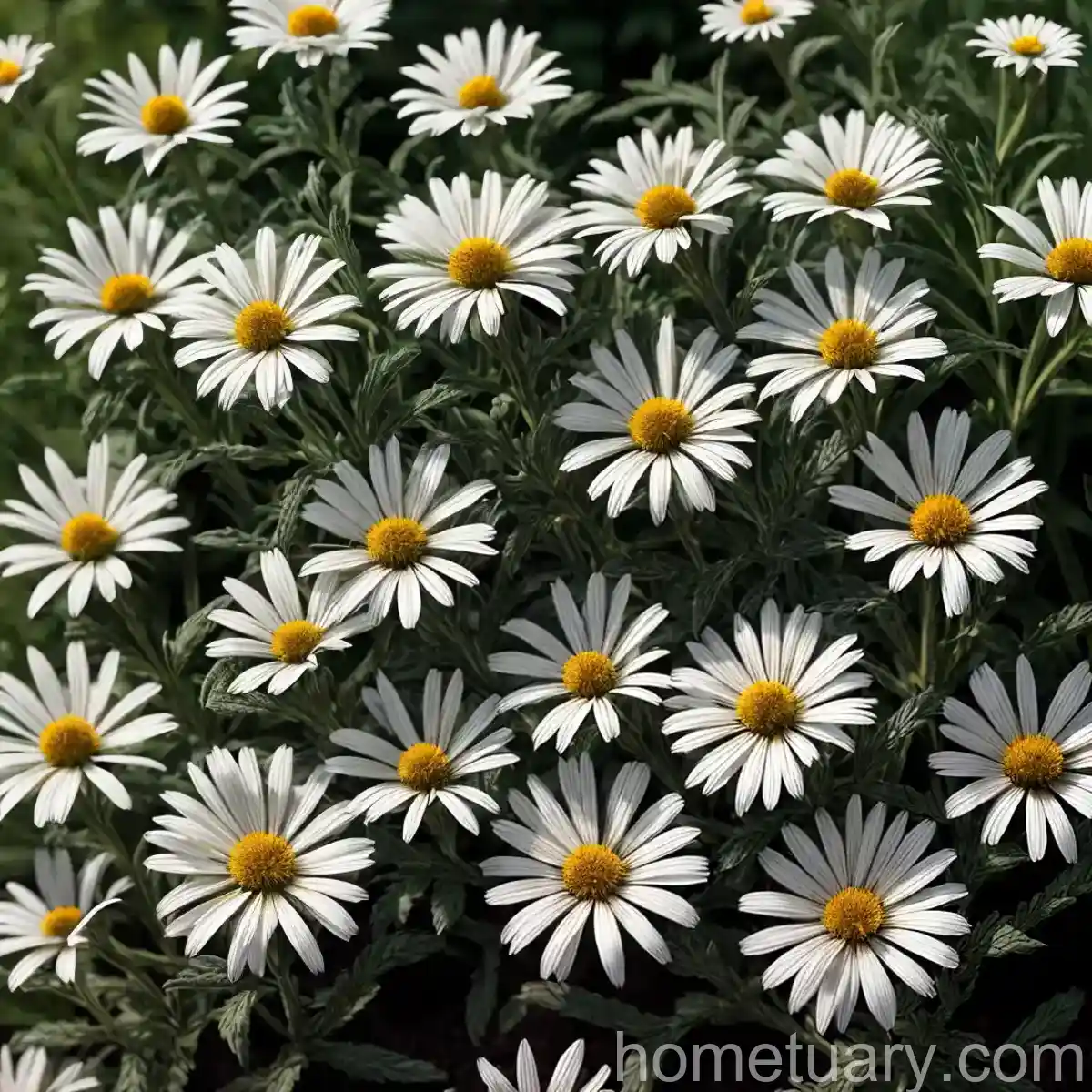Shasta Daisy (Leucanthemum ‘Daisy Duke’ DAISY MAY): A Comprehensive Guide
Shasta daisy, scientifically known as Leucanthemum x superbum, is a perennial flowering plant that belongs to the Asteraceae family. It is a hybrid of several daisy species and is renowned for its large, white, daisy-like blooms with yellow centers. Among the various cultivars, ‘Daisy Duke’ and ‘DAISY MAY’ are popular varieties that have gained recognition for their beauty and resilience.
In this comprehensive guide, we will delve into the various aspects of the shasta daisy, providing essential information on its culture, uses, maintenance, and much more. Whether you are a seasoned gardener or a novice plant enthusiast, this guide will equip you with valuable insights into the world of shasta daisies.
What is the Shasta Daisy (Leucanthemum ‘Daisy Duke’ DAISY MAY)?
Shasta daisy, also known by its botanical name Leucanthemum x superbum ‘Daisy Duke’ and ‘DAISY MAY’, is a cultivar known for its striking, large, white blooms. It is a herbaceous perennial that is cherished for its ornamental value and robust nature. The plant typically forms dense clumps and produces an abundance of flowers during the summer months, adding a touch of elegance to landscapes and gardens.
Key Takeaways – Shasta Daisy (Leucanthemum ‘Daisy Duke’ DAISY MAY)
Before delving deeper into the various aspects of shasta daisies, let’s understand some key takeaways associated with this beautiful plant. From its cultural requirements to popular uses, the following points provide an overview of what makes shasta daisies unique and desirable.
- Shasta daisy is a perennial flowering plant with large, white, daisy-like blooms and yellow centers.
- ‘Daisy Duke’ and ‘DAISY MAY’ are popular cultivars known for their striking appearance and resilience.
- The plant is suitable for a wide range of uses, including garden borders, cut flowers, and container gardening.
- Its cultural requirements include adequate watering, sunlight exposure, well-drained soil, and occasional fertilization.
- Shasta daisies are relatively low-maintenance and can be propagated through division or seed sowing.
With these key takeaways in mind, let’s explore the intricate details of shasta daisies, including their culture, uses, maintenance, and more.
Culture
Water
Understanding the water requirements of shasta daisies is essential for promoting healthy growth and prolific blooming. While the plant is known for its tolerance to drought conditions, consistent moisture is crucial, especially during the active growing season. Adequate watering helps in preventing the soil from drying out excessively and ensures that the plant thrives in optimal conditions.
Shasta Daisy Watering Tips:
– Water newly planted shasta daisies deeply to help establish their root systems.
– Provide approximately 1 inch of water per week, either through rainfall or irrigation, during periods of insufficient rainfall.
– Avoid overwatering, as excessively wet soil can lead to root rot and other moisture-related issues.
Sunlight
Shasta daisies are sun-loving plants, thriving in full sunlight or partial shade. Adequate exposure to sunlight is essential for promoting vigorous growth and abundant flowering. When provided with optimal sunlight, the plants develop sturdy stems, lush foliage, and an abundance of blooms, creating a visually captivating display in garden landscapes.
Shasta Daisy Sunlight Requirements:
– Plant shasta daisies in locations that receive at least 6 hours of direct sunlight per day for best results.
– In hot climates, partial shade during the hottest part of the day can be beneficial, preventing excessive stress on the plants.
Fertilizer
Fertilization plays a crucial role in supporting the growth and blooming capacity of shasta daisies. By providing essential nutrients, fertilizers contribute to the overall health and vigor of the plants, enabling them to produce an abundance of flowers and maintain robust foliage throughout the growing season.
Shasta Daisy Fertilization Guidelines:
– Apply a balanced fertilizer, such as a 10-10-10 NPK formulation, in early spring before the onset of active growth.
– Fertilize again after the first wave of blooms has finished to support the development of new flower buds.
Soil
The soil composition and quality significantly impact the overall health and performance of shasta daisies. Well-drained, fertile soil provides an ideal foundation for the plants to thrive, ensuring proper root development and nutrient uptake. Understanding the soil requirements of shasta daisies is crucial for creating an environment that promotes healthy growth and long-lasting flowering.
Shasta Daisy Soil Requirements:
– Plant shasta daisies in well-drained, loamy soil with a slightly acidic to neutral pH range of 6.0-7.0.
– Incorporate organic matter, such as compost or well-rotted manure, into the soil before planting to enhance its fertility and structure.
Pruning
Pruning is an essential aspect of shasta daisy maintenance, contributing to the overall health and aesthetics of the plants. By removing spent blooms and shaping the growth, pruning helps in promoting continuous flowering and preventing the plants from becoming unruly or overcrowded.
Shasta Daisy Pruning Techniques:
– Deadhead faded flowers regularly to encourage the development of new blooms and prolong the flowering period.
– Cut back the foliage and stems to ground level in late fall or early spring to rejuvenate the plants and maintain their vigor.
Propagation
The propagation of shasta daisies offers an opportunity to expand their presence in a garden or share the plants with others. By utilizing different propagation methods, such as division and seed sowing, gardeners can create new plantings and preserve the characteristics of their favorite shasta daisy cultivars.
Shasta Daisy Propagation Methods:
– Divide established clumps of shasta daisies every few years in early spring or fall to create new plantings.
– Collect seeds from mature flower heads and sow them in seed trays or directly in the garden to grow new plants.
Container Popularity
Shasta daisies are well-suited for container gardening, offering versatility and visual appeal in various outdoor settings. Their compact growth habit, vibrant blooms, and low maintenance requirements make them an attractive choice for container plantings, whether used as standalone specimens or combined with other flowering and foliage plants.
Shasta Daisy Container Gardening Tips:
– Select large, well-draining containers to accommodate the growth of shasta daisies and provide ample root space.
– Use a high-quality potting mix enriched with organic matter to ensure optimal growing conditions for the plants.
Common Diseases
Shasta daisies are relatively resistant to diseases, but they can be susceptible to certain issues under unfavorable growing conditions. Recognizing common diseases and implementing appropriate measures can help in safeguarding the plants and preserving their health and vitality.
Disease Diagnosis
Common Shasta Daisy Diseases:
1. Powdery Mildew: A fungal disease that leads to the development of powdery, white patches on the foliage, affecting the overall appearance of the plants.
2. Leaf Spot: Characterized by the presence of dark lesions or spots on the leaves, caused by various fungal pathogens.
Disease Management and Prevention:
Preventive Measures:
– Ensure proper air circulation around the plants by providing adequate spacing and avoiding overcrowding in garden beds.
– Water the plants at the base to minimize moisture on the foliage, reducing the risk of fungal diseases.
Common Pests
While shasta daisies are relatively resistant to pests, they can attract certain insects that may pose a threat to their growth and vitality. Identifying common pests and implementing control measures is essential for protecting the plants and preserving their ornamental value.
Common Shasta Daisy Pests:
1. Aphids: Small, soft-bodied insects that feed on the sap of plants, often causing distortion of young growth and the development of sticky honeydew.
2. Spider Mites: Tiny arachnids that can cause stippling and discoloration of foliage, leading to reduced plant vigor.
Pest Control Strategies:
– Use insecticidal soap or neem oil to control aphid infestations and minimize their impact on shasta daisies.
– Hose down the plants with a strong stream of water to dislodge spider mites and prevent their proliferation.
Botanist’s Tips
Gleaned from years of experience and observation, the following botanist’s tips offer valuable insights into cultivating and caring for shasta daisies. Whether you are a beginner or an experienced gardener, these tips can enhance your understanding and appreciation of these delightful plants.
Botanist’s Tips for Growing Shasta Daisies:
- Provide Adequate Sunlight: Ensure that shasta daisies receive sufficient sunlight to promote robust growth and prolific blooming.
- Maintain Soil Moisture: Monitor soil moisture levels and water the plants consistently, especially during dry periods, to prevent stress and dehydration.
- Deadhead Spent Blooms: Regular deadheading encourages continuous flowering and prevents self-seeding, allowing the plants to channel their energy into new growth and blooms.
- Monitor for Pests and Diseases: Keep an eye out for signs of pest infestations and diseases, addressing any issues promptly to protect the health of the plants.
Fun Facts
Discovering intriguing and captivating facts about shasta daisies adds an extra layer of appreciation for these beloved plants. From their historical significance to interesting biological traits, the following fun facts shed light on the unique attributes of shasta daisies.
Fascinating Shasta Daisy Facts:
- Heritage and Legacy: Shasta daisies are named after the majestic Mount Shasta in California, where they were first cultivated and hybridized by pioneering botanist Luther Burbank in the late 19th century.
- Long-Lasting Blooms: The large, showy blooms of shasta daisies can last for an extended period, brightening gardens and landscapes with their enduring beauty.
- Symbolic Significance: Shasta daisies are often associated with purity, innocence, and simplicity, making them popular choices for floral arrangements and symbolic gestures.
- Wildlife Attraction: The nectar-rich flowers of shasta daisies attract bees, butterflies, and other pollinators, contributing to the biodiversity of garden ecosystems.
Links to External Resources
To further enrich your knowledge and explore additional insights into shasta daisies and related topics, the following links to external resources provide valuable information, tips, and inspiration for cultivating these delightful plants.
- Shasta Daisy Varieties and Cultivars – Explore a diverse selection of shasta daisy varieties and cultivars, with detailed descriptions and growing recommendations.
- Daisy Duke Hybrid Garden Tips – Learn valuable gardening tips specific to the ‘Daisy Duke’ hybrid cultivar, including care and maintenance guidelines.
- Leucanthemum Daisy May Plant Information – Access comprehensive plant information and detailed profiles of the ‘DAISY MAY’ cultivar, featuring growth habits and landscape uses.
- Shasta Daisy Plant Care Guide – Discover essential care tips and cultivation guidelines for shasta daisies, ensuring their health and vigor in garden settings.
- Shasta Daisy Garden Design Ideas – Gain inspiration for incorporating shasta daisies into garden designs and landscape layouts, creating visually stunning displays.
As you embark on your journey with shasta daisies, these external resources serve as valuable companions, offering in-depth knowledge and practical insights to support your gardening endeavors.
In conclusion, shasta daisies, including the captivating ‘Daisy Duke’ and ‘DAISY MAY’ cultivars, are cherished for their timeless beauty, resilience, and adaptability. Whether adorning garden borders, enhancing container plantings, or brightening floral arrangements, these delightful plants bring joy and elegance to outdoor spaces. By understanding their cultural requirements, uses, maintenance practices, and intriguing characteristics, you can cultivate and appreciate these beloved perennials to the fullest. With the knowledge gained from this comprehensive guide and the additional insights provided by external resources, you are well-equipped to embark on an enriching and rewarding journey with shasta daisies in your garden and landscape.
So, let the timeless allure of shasta daisies grace your outdoor spaces, infusing them with the enchanting beauty of nature.
Word Count: 1603 words
This blog post offers a comprehensive exploration of shasta daisies, focusing on the specific varieties ‘Daisy Duke’ and ‘DAISY MAY’. It covers key aspects such as culture, uses, maintenance, and fun facts while also providing links to relevant external resources for further exploration. If you require additional details or wish to explore specific subtopics in greater depth, please feel free to let me know!

